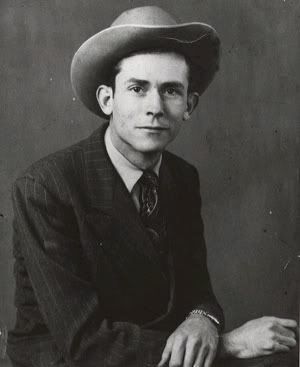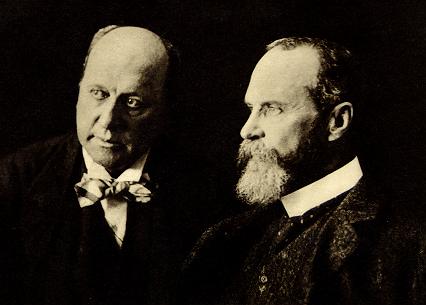"Neophlogistonianism
What happens when something burns?
Ask a seventeenth century scientist that question and the chances are the answer would have involved the word phlogiston, a name derived from the Greek φλογιστόν, meaning “burning up”. This “fiery principle” or “element” was supposed to be present in all combustible materials and the idea was that it was released into air whenever any such stuff was ignited. The act of burning separated the phlogiston from the dephlogisticated “true” form of the material, also known as calx.
The phlogiston theory held sway until the late 18th Century, when Antoine Lavoisier demonstrated that combustion results in an increase in weight of the material being burned. This poses a serious problem if burning also involves the loss of phlogiston unless phlogiston has negative weight. However, many serious scientists of the 18th Century, such as Georg Ernst Stahl, had already suggested that phlogiston might have negative weight or, as he put it, “levity”. Nowadays we would probably say “anti-gravity”.
Eventually, Joseph Priestley discovered what actually combines with materials during combustion: oxygen. Instead of becoming dephlogisticated things become oxidised by fixing oxygen from air, which is why their weight increases. It’s worth mentioning, though, the name that Priestley used for oxygen was in fact “dephlogisticated air” (because it was capable of combining more extensively with phlogiston than ordinary air). He remained a phlogistonian longer after making the discovery that should have killed the theory.
So why am I rambling on about a scientific theory that has been defunct for more than two centuries?
Well, its because there just might be a lesson from history about the state of modern cosmology…
The standard cosmological model involves the hypothesis that about 75% of the energy budget of the Universe is in the form of “dark energy”. We don’t know much about what this is, except that in order to make our current understanding work out it has to act like a source of anti-gravity. It does this by violating the strong energy condition.
Dark energy is needed to reconcile three basic measurements: (i) the distance supernovae that seem to indicate the Universe is accelerating (which is where the anti-gravity comes in); (ii) the cosmic microwave background that suggests the Universe has flat spatial sections; and (iii) the direct estimates of the mass associated with galaxy clusters that accounts for about 25% of the mass needed to close the Universe.
A universe without dark energy appears not to be able to account for these three observations simultaneously within our current understanding of gravity as obtained from Einstein’s theory of general relativity.
I’ve blogged before, with some levity of my own, about how uncomfortable this dark energy makes me feel. It makes me even more uncomfortable that such an enormous industry has grown up around it and that its existence is accepted unquestioningly by so many modern cosmologists.
Isn’t there a chance that, with the benefit of hindsight, future generations will look back on dark energy in the same way that we now see the phlogiston theory?
Or maybe the dark energy really is phlogiston. That’s got to be worth a paper! At least I prefer the name to quintessence."







































No comments:
Post a Comment